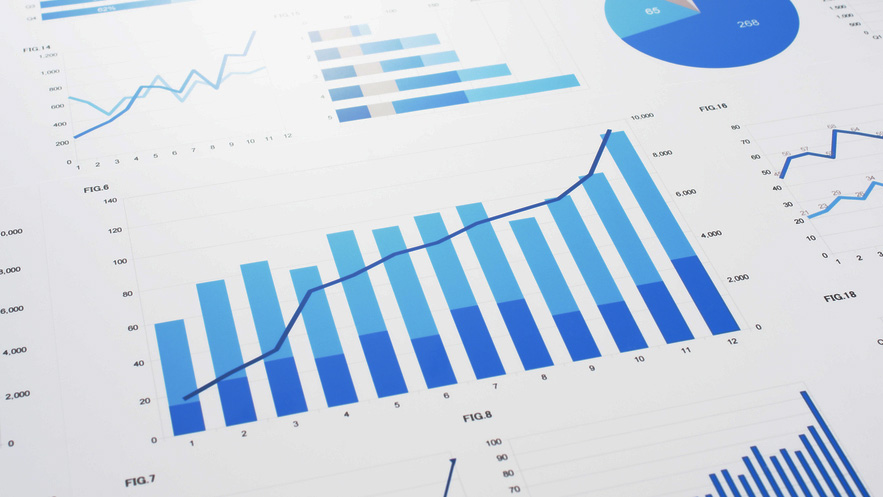Fitch sees four Q2 trends positively impacting subprime ABS

By subscribing, you agree to receive communications from Auto Remarketing and our partners in accordance with our Privacy Policy. We may share your information with select partners and sponsors who may contact you about their products and services. You may unsubscribe at any time.
NEW YORK –
Fitch Ratings sifted through data generated by the subprime auto asset backed securities (ABS) market during the first half of the year. Analysts not only found four elements that are supporting the subprime ABS segment, but also more details about why certain vintages might not be performing as well.
First looking into the latest data, Fitch noticed that subprime delinquency rates declined during the second quarter, settling at 4.41 percent through June. That’s an improvement from the reading at the close of the first quarter (5.16 percent) as well as a year earlier (4.55 percent).
Analysts explained the metrics were supported by seasonal patterns and slightly better performance of 2016 and 2017 transactions.
As for annualized net losses in the subprime space, Fitch determined that they came in at 6.76 percent in Q2, down from 8.81 percent at the close of the first quarter and 7.42 percent in the year-ago quarter.
In fact, analysts pegged the latest rate as the lowest recorded since May 2016, “but Fitch expects annualized net losses to rise in the latter half of the year, given seasonal patterns.”
In terms of recovery rates, Fitch tabulated that the reading for subprime paper averaged 49.5 percent for the second quarter, up 13 percent year-over-year and the strongest showing since Q2 of 2016. Analysts pointed out that the latest rates were “markedly stronger” than the first quarter of this year when the recovery rates dipped below 40 percent.
Subscribe to Auto Remarketing to stay informed and stay ahead.
By subscribing, you agree to receive communications from Auto Remarketing and our partners in accordance with our Privacy Policy. We may share your information with select partners and sponsors who may contact you about their products and services. You may unsubscribe at any time.
The fourth positive trend Fitch spotted stemmed from improving credit quality.
Analysts said average FICO scores for 2018 subprime pools increased to 588, up 10 points from 577 in 2017, reaching the highest level since 2009.
However, Fitch acknowledged that one component is countering those four pieces of the subprime ABS market — longer terms increasing risk.
“The heavy use of longer loan terms over 60 months by auto lenders is offsetting positive shifts in credit quality,” said analysts, who indicated that that these contracts averaged about 80 percent of subprime pools so far this year, up from approximately 62 percent in 2017.
Fitch closed its latest look at subprime ABS by examining some specific vintages.
Analysts said, “2016-2017 transactions are experiencing high loss rates, but trending lower than 2015 transactions. This is a result of slightly tighter underwriting standards, which have resulted in stronger credit metrics and loan.”
Fitch also mentioned the 2015 vintage is projecting the highest: This vintage (seasoned 30 months) is extrapolating slightly above 15 percent in cumulative net losses, higher than any vintage from 2005-2017, including the prior weakest 20072008 vintages.
“This is driven mostly by the weaker deep subprime ABS issuers not rated by Fitch,” analysts said. “These lenders’ securitized pools have weaker credit metrics and naturally higher losses, thus driving this negative vintage trend.”


